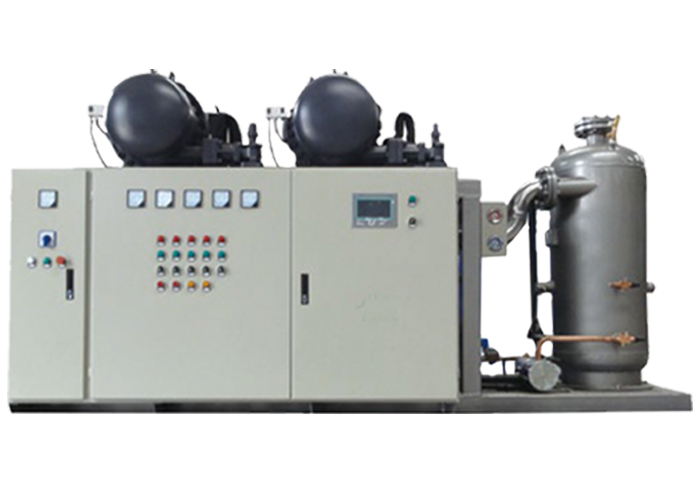With the growing refrigeration market, we are offering a Two-Stage Air Cooled Screw Condensing Unit with premium parts. Perfect as refrigeration storage and quick freezing device, this condensing unit is an economical option across the world. Our air-cooled condensing unit is free from Freon piston compressors. To overcome this issue, we have launched the SLLG series low-temperature semi-hermetic condensing unit to fulfil the requirements of large scale refrigeration.
Moreover, we always manufacture and test all Two-Stage Air Cooled Screw Condensing Unit parts carefully to maintain OEM-QUALITY standards.
Here in this post, you can check what it is, what it is for and what are the benefits of a condensing unit (CU). Now, let us address the main points that need to be taken into consideration at the time to decide which CU is the most suitable for each type of application.
1. Available Space
Studying and analyzing the available space is a very important point to choose the condensing units. Many CUs are based on a metal plate or a “rail,” whose sizes are not standards in all cases, although the goal is always to seek standardization.
Another important point about the physical space is the family of the compressor. The compressors of different families have different heights and, therefore, you should pay attention to not be a problem at the time of assembly.

2. What is the capacity of the condensing unit?
Condensing units are designed by engineers specialized in refrigeration. So, each set CU (“compressor + condenser”) is appropriately sized which ensures technical reliability for the customers.
Due to the sizing accuracy, you can select a unit according to the ability that your compressor develops.
This ability depends on the operation point, such as temperature, evaporation and condensation, which we will see in more detail in the next step.
3. Also select the CU application
The condensing units need to be selected according to the application, such as refrigerated counters and beverage refrigerator, for example. One of the main items refers to the evaporating temperature desired in the cooling system, which depends on the “application envelope” (evaporation) that the compressor is approved and ready to work.
The evaporation ranges of each compressor and, therefore, of every condensing unit, vary from one to another. So, when choosing the CU, you should always check the evaporation range that the compressor is approved to work. It is possible to assess by means of technical datasheets. Here you can select the product and check this important information.
If it is necessary to apply a UC with a different fluid from that used by the previous system, you must check that the operation pressures (evaporation and condensation) are within a safe threshold for system pipes.
4. Power Supply and Starting Torque
In addition to the discussion above, also stay tuned to the power supply. Be sure to select condensing units that feed with the same voltage and frequency of the power supply.
Also, analyze the starting torque. In systems using the expansion valve (instead of the capillary tube), you must pay attention if the compressor is in the condensing unit has a high starting torque.
For example compressors with low starting torque should be applied only to systems with capillary tube, and compressors with high starting torque can be applied to the expansion valve and capillary tube.
